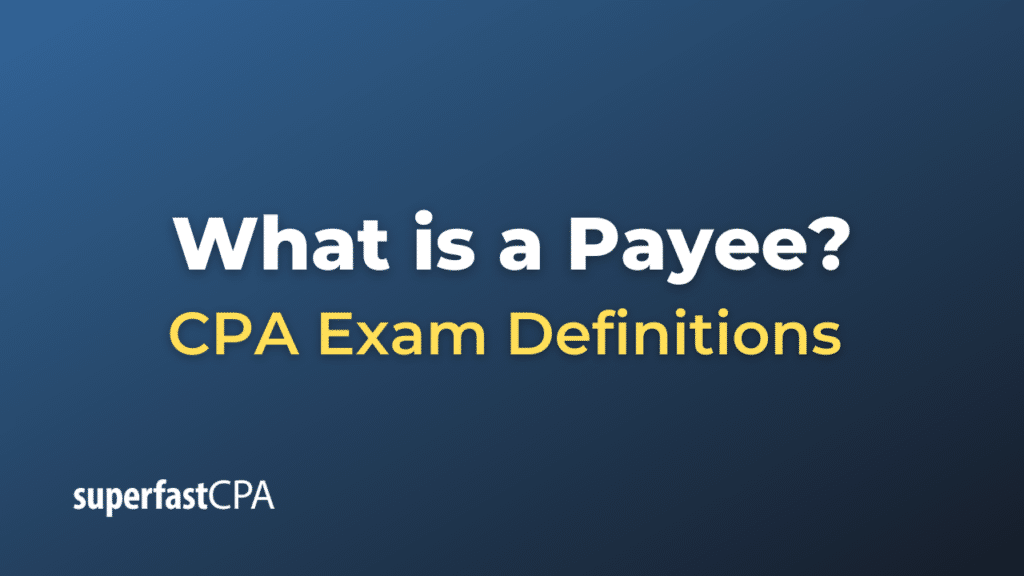Payee
A payee is the party in an exchange who receives payment. In other words, the payee is the person or entity to whom a check, promissory note, draft, or bill is written out. The payee’s name will appear on the document, often on the line that starts with “Pay to the order of.”
For example, if you write a check to pay your electricity bill, the electric company is the payee; you are the payer. Similarly, if you receive a check from your employer, you are the payee, and your employer is the payer.
The payee is also relevant in the context of loans, where the lender is the payee and the borrower is the payer. In a promissory note or a loan agreement, the payee is the party who will receive the repayment of the loan.
In electronic transactions, such as wire transfers or direct deposit, the payee is the party who receives the electronic transfer of funds.
Example of a Payee
Imagine that you’re writing a check to pay your rent for the month. You will write the check out to your landlord, so in this case, your landlord is the “payee”. Here’s how it would look:
- On the “Pay to the order of” line, you write “John Doe” (if that’s your landlord’s name).
- You fill in the amount of the rent in both numeric and written form, say “$1,000.00” and “One thousand dollars and 00/100”.
- You sign the check at the bottom right.
In this scenario, you are the payer (the one who pays the money), and “John Doe” (your landlord) is the payee (the one who receives the money).
Similarly, if you receive a paycheck from your employer, you are the payee, because you are the one receiving the money. Your employer, who is giving you money, is the payer.













